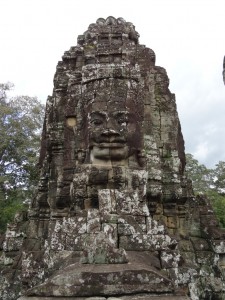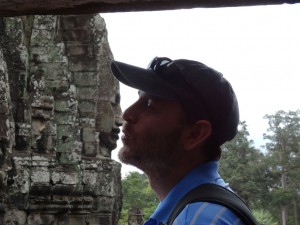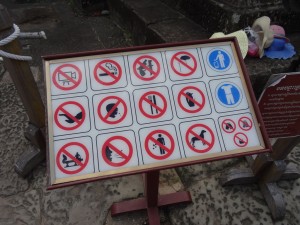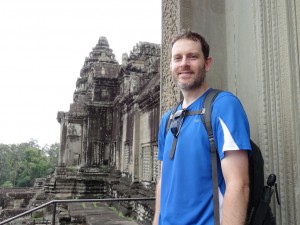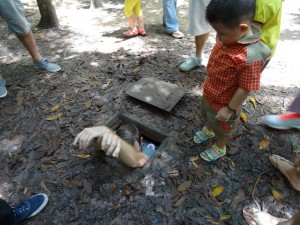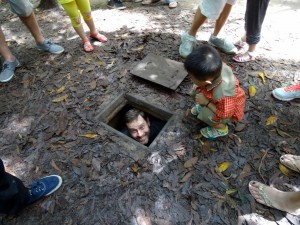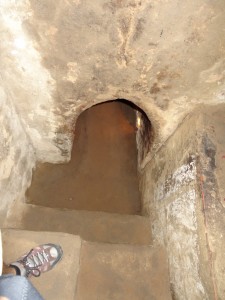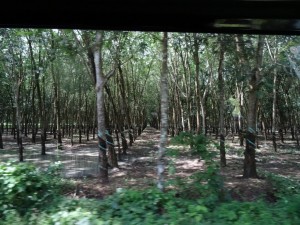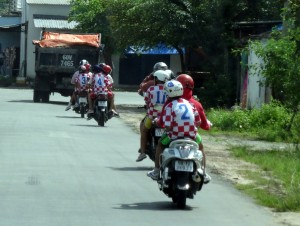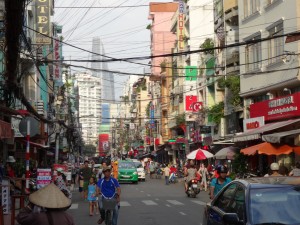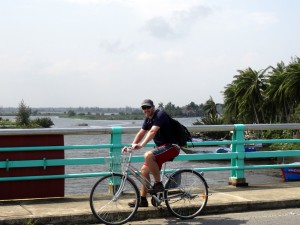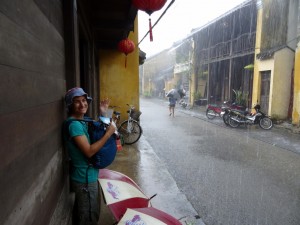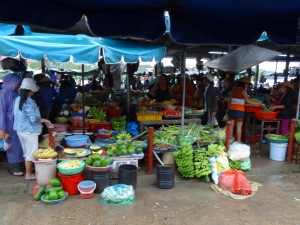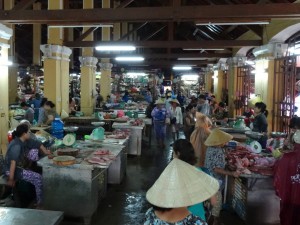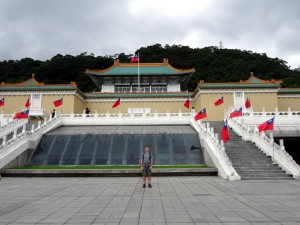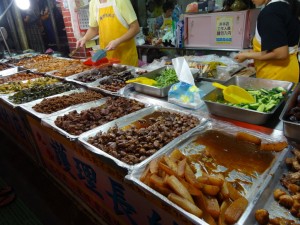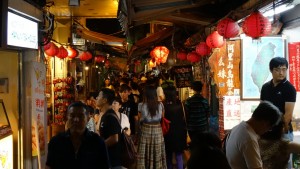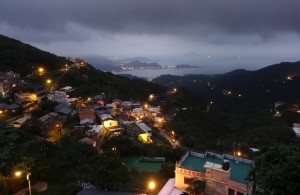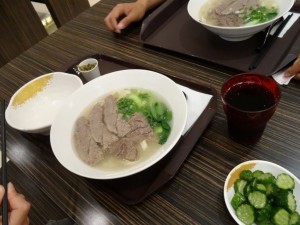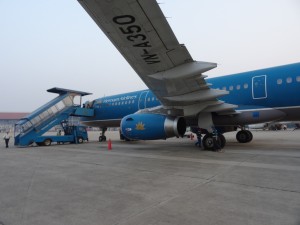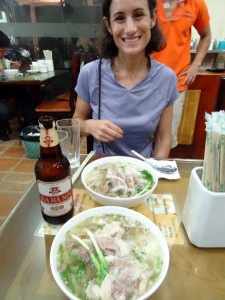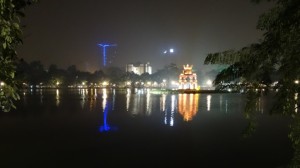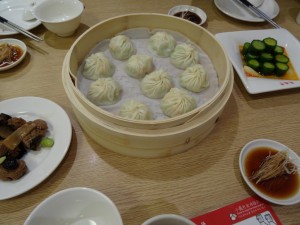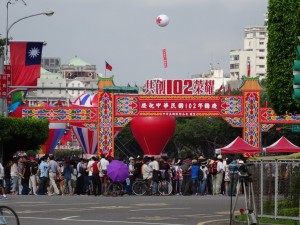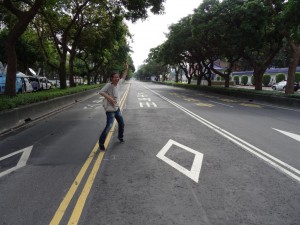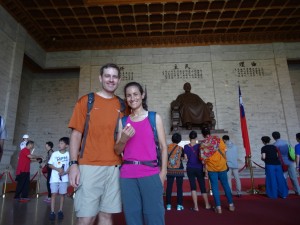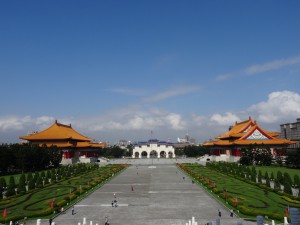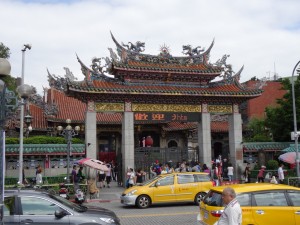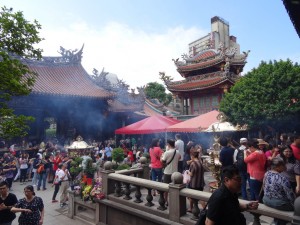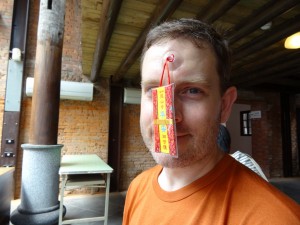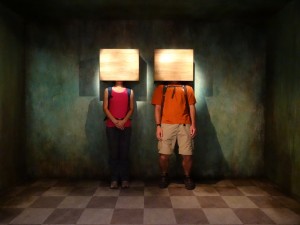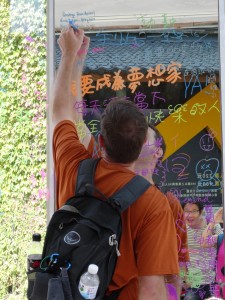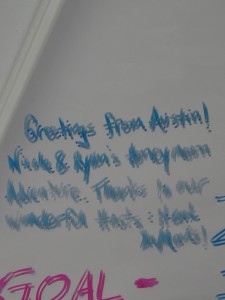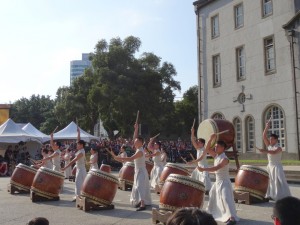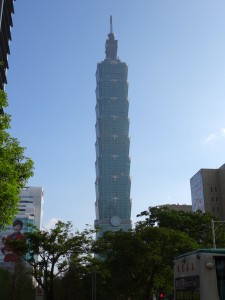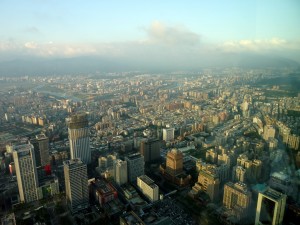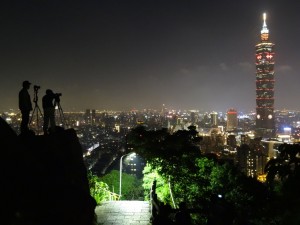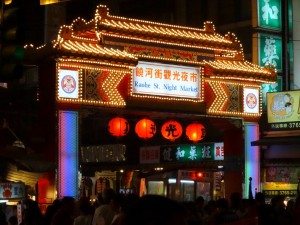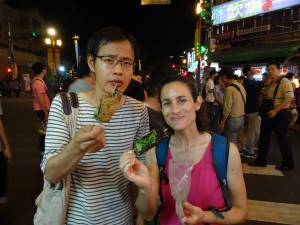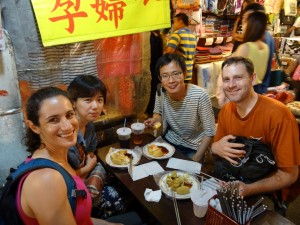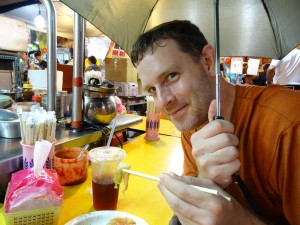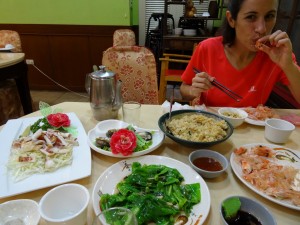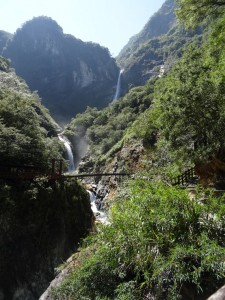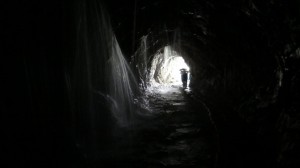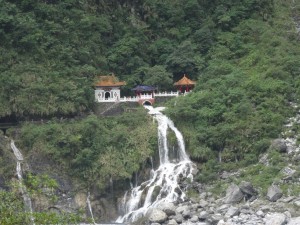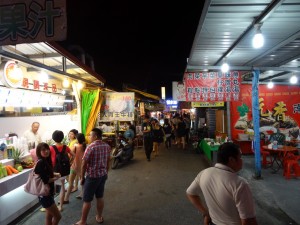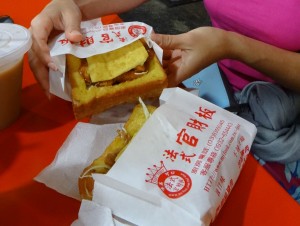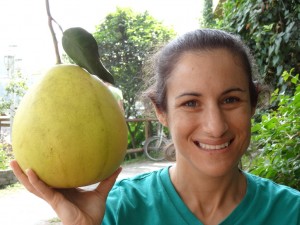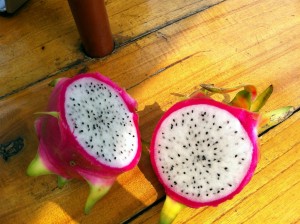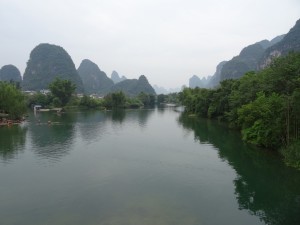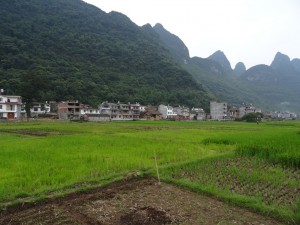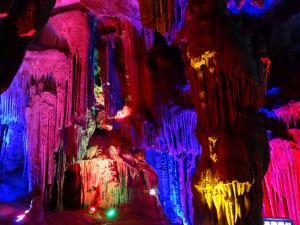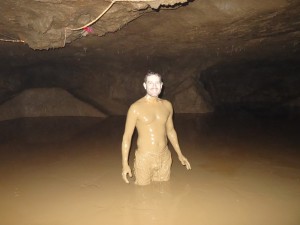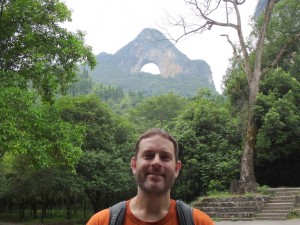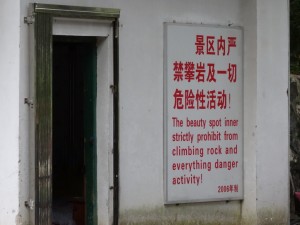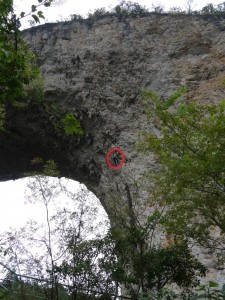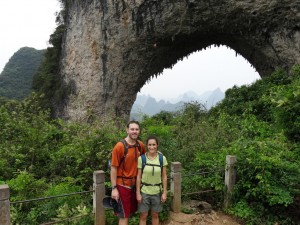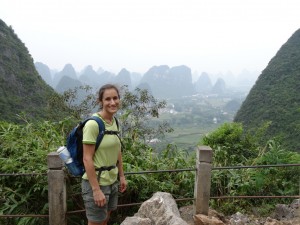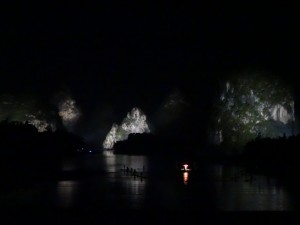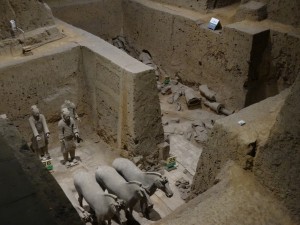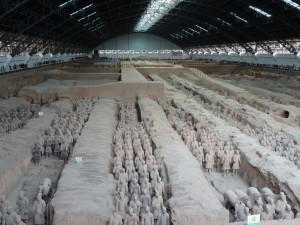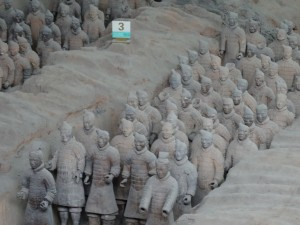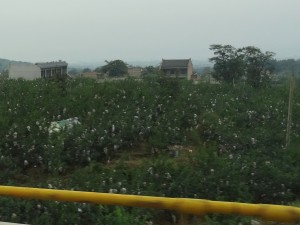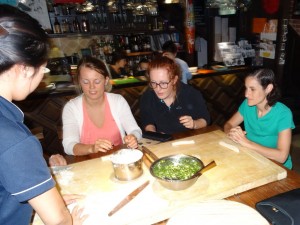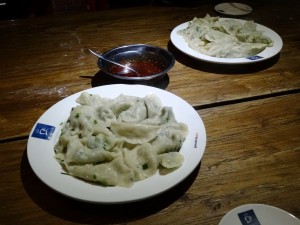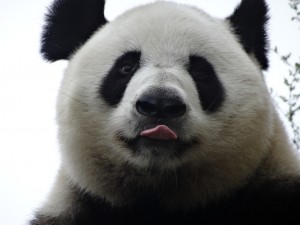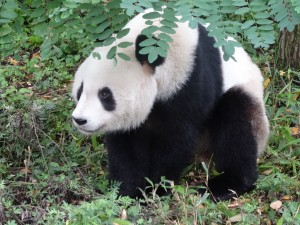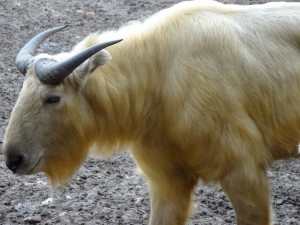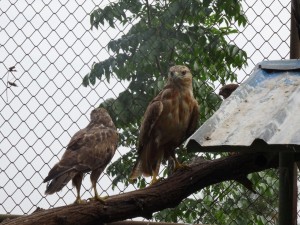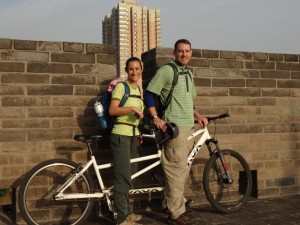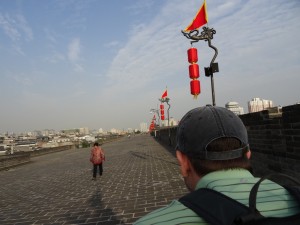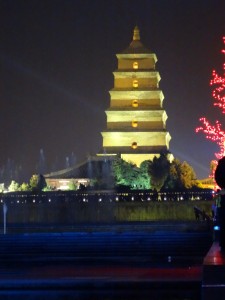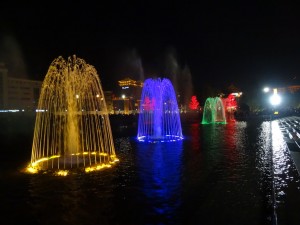The primary reason tourists travel to Siem Reap, Cambodia is to visit Angkor Wat, and our trip was no different. We were introduced to Siem Reap by Mr. Smey, the friendly tuk-tuk driver our hotel sent to the airport for free pick-up. The open air was quite temperate and refreshing during the 15 minute trip to the hotel. Ride in a tuk-tuk checked off the list! Mr. Smey and his tuk-tuk also provided transportation around the ‘Little Circuit’ in Angkor the following day — for the low low price of $15. He dropped us at the entrances, told us where to go, and was waiting for us at all the exits. Now that is incredible service!
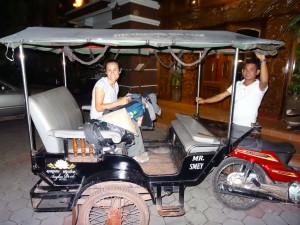
Angkor Wat is the largest of the many temple ruins in the Angkor Archealogical Park. ‘Wat’ refers to a monestary temple in the Khmer language, the official language and predominant ethnic group in Cambodia. The earliest buildings in the park were Hindu temples. In the 1200s, the king converted to Buddhism. Additional Buddhist temples were built at that time, and the old Hindu ones were converted to Buddhist. All the temples were then actually converted back and forth a few times between Hindu and Buddhist, finally ending up as Buddhist temples. None are in use any longer, as they really are ruins, but there are many newer covered pavilions nearby where monks can be found praying and talking.
The first day at Angkor included tours of Ta Prohm, Bayon, Baphuon Temple, the Elephant Terrace, the Liper King Terrace, and Phnom Bakheng. Exhausting just thinking about it! Ta Prohm was left in a relative state of decay and is known for the many silk-cotton and strangler fig trees intertwined with the ruins. Bayon is probably the second most famous temple after Angkor Wat, with 37 face towers, each carved with four or more faces, looking down on visitors throughout the temple.
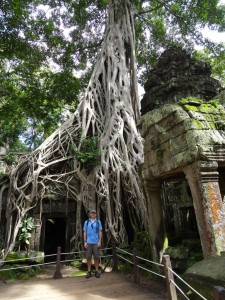
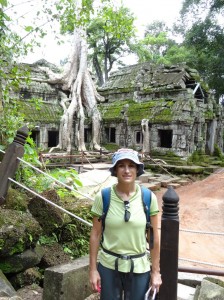
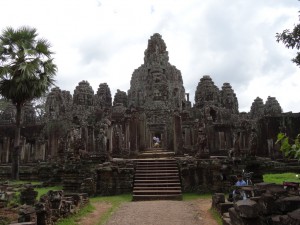
After Bayon, we took a walk through Baphuon and the Elephant and Liper King Terraces, before heading to Phnom Bakheng to see the sunset. Unfortunately, some rain and storms had blown in, so the sunset was rather cloudy, but we still had good views of Angkor Wat and the clouds were picturesque.
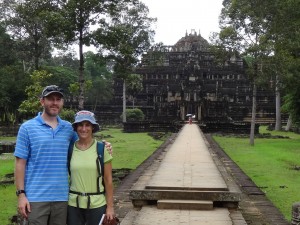
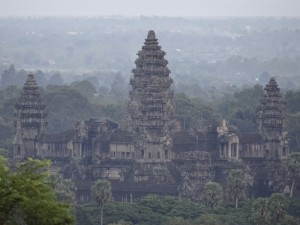
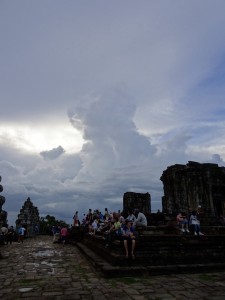
The second day was dedicated to Angkor Wat and a bike ride around the ‘Big Circuit’. Rental bike options in Siem Reap are either ‘regular’ (upright, single speed, little basket on front) or ‘Giant’ (Giant brand mountain bikes, the most popular bike in Siem Reap). We opted for the 18 speed Giant bikes, which was a good decision since the ride to/from Siem Reap to Angkor Wat and around Big Circuit totalled about 24 miles.
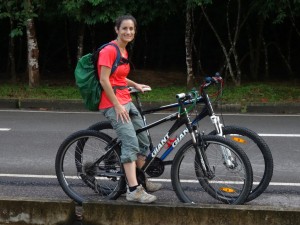
Angkor Wat is the world’s largest religious monument, not just a temple, but actually an entire city dedicated to Vishnu, a Hindu god. The structure has over 600 meters of very detailed narrative bas-relief carvings along the outer stone walls, in addition to carvings throughout the entire complex. We climbed to the upper level for a close up view of the towers and hunted down the only asparas (spirit) showing her teeth. In keeping with our typical weather situations, it started to pour on the way out of Angkor Wat, just in time for a nice wet bike ride to the next points of interest.
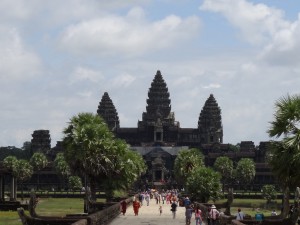
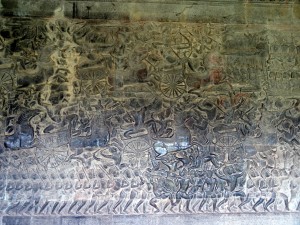

We stopped for lunch en route and hit a few more temples/ruins, but were really out to enjoy the bike ride. The Big Circuit goes along the back side of the park, with more locals than tourists and not much traffic. We passed by a bunch of temples and ruins (they are pretty much everywhere you look), a park, some wetlands, a school, and lots of skinny cows. One temple of note was Prasat Kravan, the only known example of Khmer brick bas-relief. By that point, we were racing to get back before it got dark (riding bikes with traffic in Cambodia was bad enough in daylight), so I just ran in and snapped a few quick photos. The fast ride back took us past a group of monkeys common to the area (had to stop for a few photos) and back near Angkor Wat before sunset.
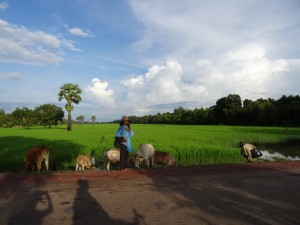
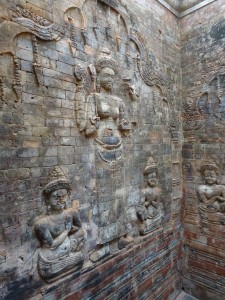
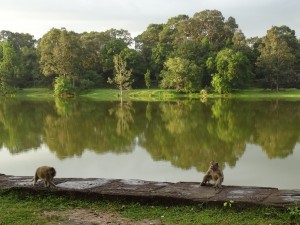
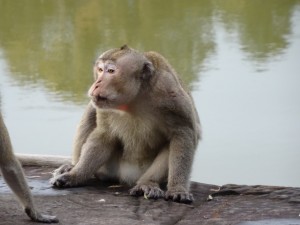
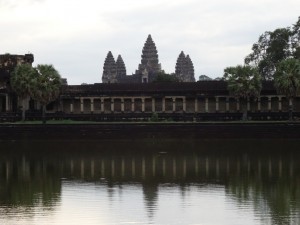
[Written with input from Ryan]
P.S. Boo! Happy Halloween to all! We missed seeing everyone at our annual pumpkin carving. Send us some good costume pics.

